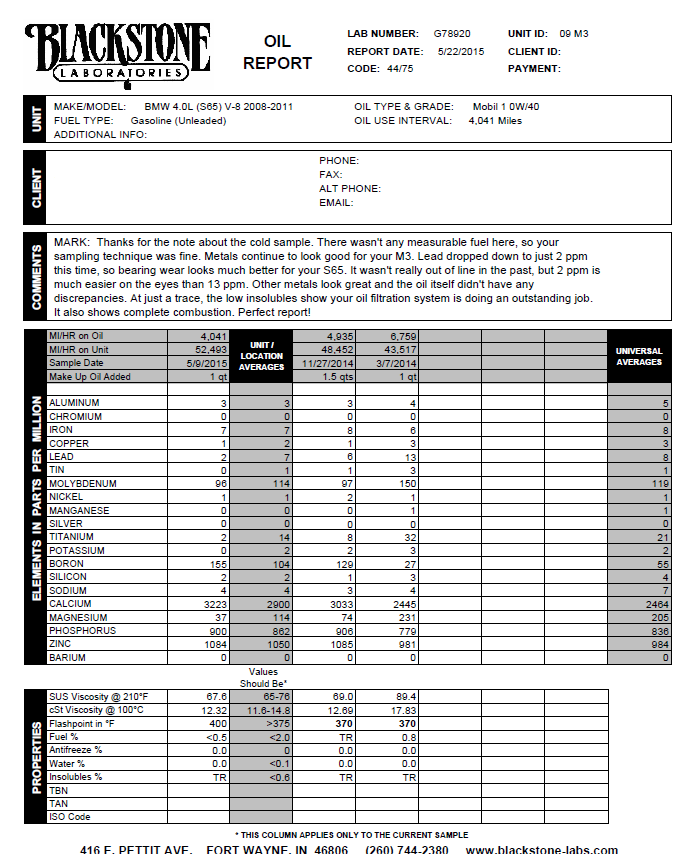Originally Posted By: buster
Originally Posted By: ARCOgraphite
I would prefer diester 300v or POE RL over adding the solid particulate LiquiMoly - Likely keep the rings freer of deposits as gum can agglomerate even micro solids, and, as even high MoDTC oils fail SAE TEOST deposit test. Now this maybe more of a concern in turbo engine hot spots, or some here rightly ignore deposits if they have some lubricity in boundary conditions on tight clearance parts.
Just some points of interest in your decision making
that is a very good point. RL does not do well in the TEOST test. One of the downfalls of the type of moly they and others uses (Japanese OEMS).
Does this go for all viscosity or just 0W20 high Moly oils?
From ConocoPhillips...
http://www.ocsoil.fi/upload/News on Lubes/ILSAC-GF-5.pdf
The TEOST 33C bench test evaluates an engine oil’s tendency to form high-temperature
deposits. This test was originally developed and included in GF-2 to evaluate turbocharger
deposits. It was not part of GF-3 or GF-4, but is back in GF-5 in anticipation of greater use of
turbochargers. Turbochargers allow the automakers to use smaller displacement, more fuel-
efficient engines while still maintaining high power output. Deposit buildup in the turbocharger
bearing areas can lead to loss of engine performance, turbocharger failure and possibly engine
failure. In GF-2, the maximum limit for deposits was 60 mg. For GF-5, the maximum limit is 30
mg
(except there is no limit for SAE 0W-20 oils because some Japanese OEMs recommend
SAE 0W-20 oils with high molybdenum content which will not pass this test).






